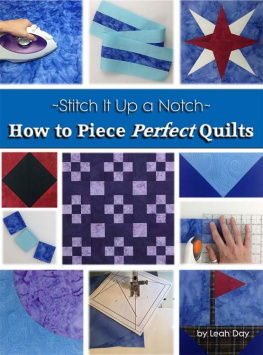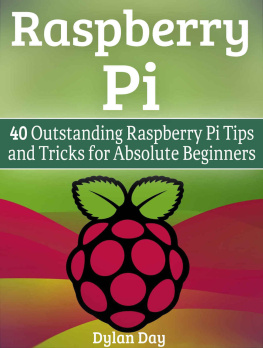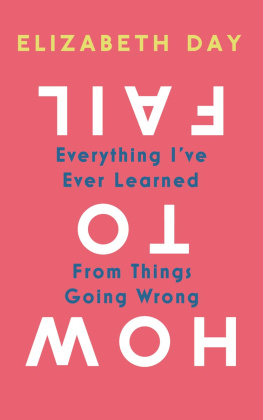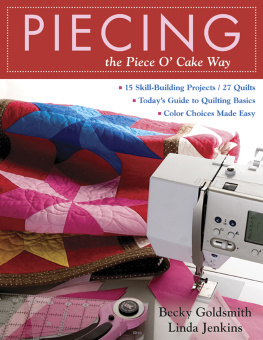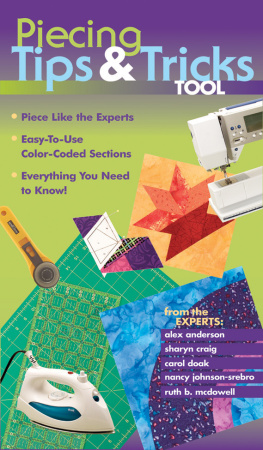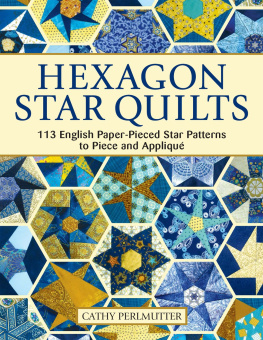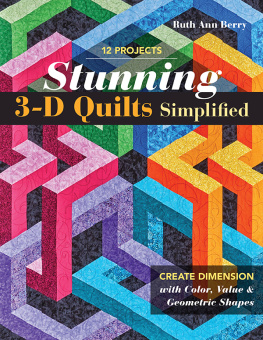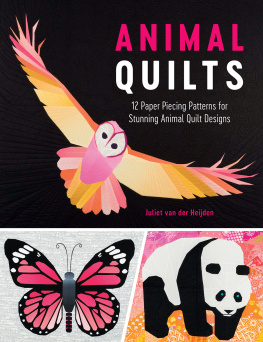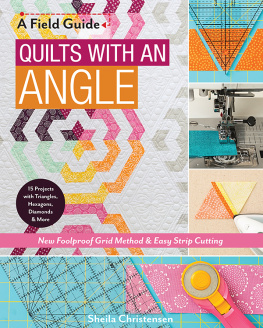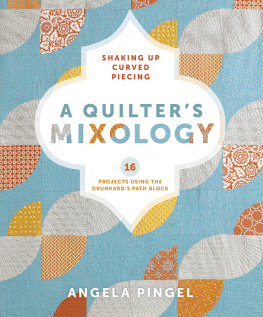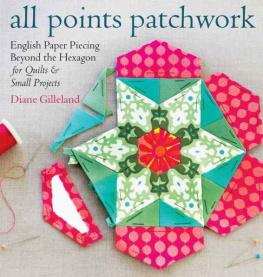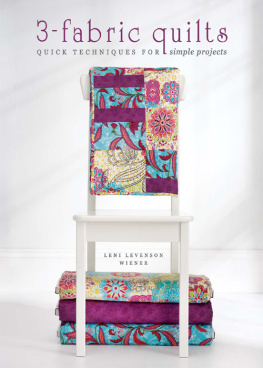Publisher: Leah Day / Day Style Designs Inc.
Editor: Janice Brewster / Creative Girlfriends Press
Originally published as a digital ebook and video collection by Day Style Designs Inc,
P.O Box 386, Earl, NC 28152
Email:
www.LeahDay.com
2014 Leah C Day
All rights reserved. Apart from any fair dealing for the purpose of private study, research, criticism, or review, no part of this publication may be reproduced, stored in a retrieval system, or transmitted in any form or by any means, electronic, electrical, chemical, mechanical, optical, photocopying, recording or otherwise, without the prior written permission of the copyright owner. Inquiries should be addressed to the publisher.
We have taken great care to ensure that the information included in this book is accurate and presented in good faith, but no warranty is provided nor results guaranteed. Having no control over the choices of materials or procedures used, neither the author nor Day Style Designs Inc. shall have any liability to any person or entity with respect to any loss or damage caused directly or indirectly by the information contained in this book.
Any similarities to existing designs, graphics, or patterns is purely coincidental.
This version of Stitch It Up a Notch: How to Piece Perfect Quilts is published by Create Space Direct Publishing.
ISBN-13 - 978-1501000379
ISBN-10 - 1501000373

TABLE OF CONTENTS

INTRODUCTION

What makes a perfectly pieced quilt? Whether its your seams matching perfectly at every intersection, or the finished blocks measuring exactly the correct size, the ability to work with fabric to create perfect blocks and quilts is a skill worth building.
As you will learn in this guide, proper piecing comes from not just the stitches and seam allowance you use on your sewing machine, but also from the way you prepare and cut your fabric.
Taking the time to learn each skill is very important if you want your blocks to finish perfectly with straight seams and crisp points every time.
All quilters have quilts in their closet that arent quite right. Whether its seams not matching up properly or blunt triangle points, imperfect blocks are noticeable, and can be frustrating if you dont understand why mistakes are happening or how to improve.

The picture to the left is a simple hand pieced flower block pieced with small hexagon shapes. As you can see, not all the hexagons are perfectly formed: there are some pleats and puckering in the fabric that throw off the symmetry of this beautiful block.

In the second photo, the block is flipped over and you can see the source of this blocks issues: inconsistent seam lines, inconsistent size of the hexagons, and inconsistent pressing of the seam allowances. Clearly being inconsistent is a recipe for imperfect quilts!
Its challenging to piece this block accurately unless you have control over the fabric movement, perfect cutting of the hexagon shapes, and precise stitching to take away the exact inch seam allowance we use for quilt piecing.
Learning how to piece a block like this perfectly might be more time-consuming and require more steps in the cutting and piecing process than you usually take.
Try to be open minded to these extra steps yes, you might have used different techniques for years, but its never too late to try something new!
Accurate piecing is definitely one skill we all must build. While most books on piecing dont seem to go beyond the basics, this guide will challenge you to move beyond piecing simple squares and rectangles and into piecing triangles, curves, and even hexagon shapes with precision and accuracy.
Lets go piece it up a notch!
Leah Day

This book is dedicated to my husband, Josh Day.
Your practical common sense advice has never steered me wrong. Love you baby!

~ CHAPTER 1~
QUILTING BASICS
When I began quilting in 2005, one of the most annoying aspects of the craft was how much information teachers, book writers, and even the lecturers at my local quilt guild meetings would take for granted.
To a beginner, quilting can be immensely confusing due to the hundreds of little steps and numerous strong opinions this craft has picked up over the years.
This chapter is filled with practical information and explanations on what it takes to make a quilt from the quilt sandwich to the seam allowance that makes quilt piecing possible. We all start at the beginning when it comes to making quilts, and its best to start with the most basic understanding of what a quilt is, and how this whole process works.
CHAPTER 1 SECTIONS:

WHAT IS A QUILT?
The simplest definition of a quilt is three layers of material with quilting stitches running through all 3 layers holding them securely together. The layers of a quilt include:
Quilt top - This top layer can be pieced, appliqued, or even a single piece of fabric. The quilt top contains the major design elements and colors of the quilt.

Batting or wadding - This middle layer determines the warmth, puffiness, and drape of the finished quilt. Thicker or loftier batting will make your quilt warmer.

Fabric backing - This bottom layer forms the back of the quilt, and while its not a focal point of the quilt itself, its important to use high-quality fabric because this side gets just as much wear as the quilt top, especially when folded.

These three materials are layered together to create a quilt sandwich. However, simply layering the materials doesnt make a quilt a quilt. In order for a quilt to be a quilt, there must be some form of quilting stitches or tying that holds the layers together securely.
QUILT BLOCKS
Our focus for this book is the quilt top and how to piece small fabric shapes together perfectly to create beautiful, geometric designs. The easiest way to piece a quilt top is to start with quilt blocks.
Next page
